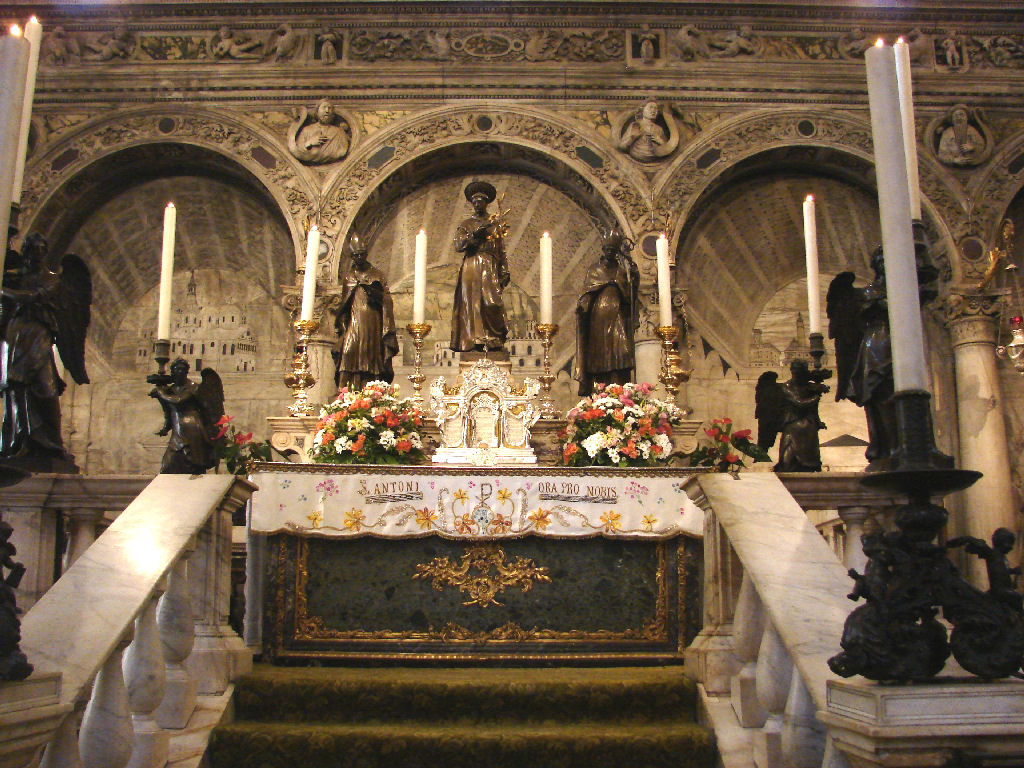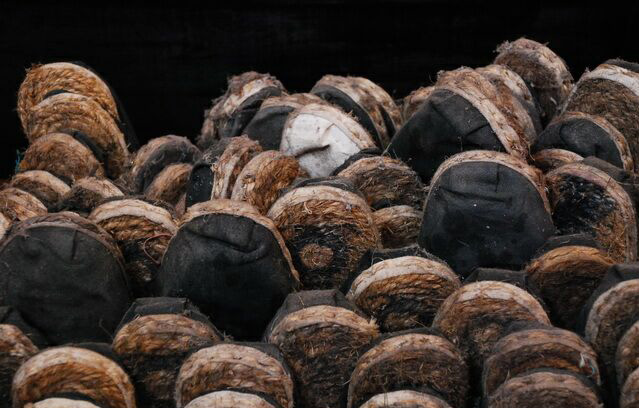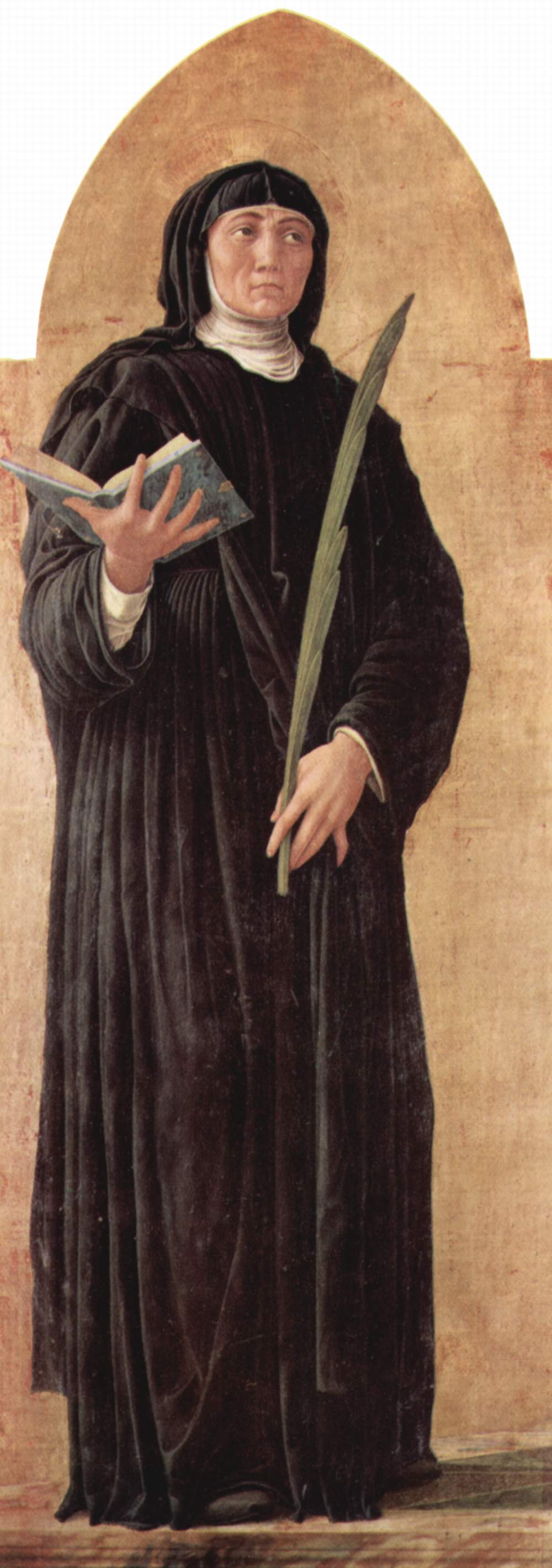|
Margaret Of The Blessed Sacrament
Margaret of the Blessed Sacrament, OCD (6 March 1590, in Paris – 24 May 1660, in Paris), was a French Discalced Carmelite nun. She was the second daughter of Marie of the Incarnation, who introduced the Reform of the Carmelite Order into France. Life Born ''Marguerite Acarie'', her father, Pierre Acarie, was one of the staunchest members of the Catholic League, which, after the death of King Henry III of France, opposed the succession of the Huguenot prince, Henry of Navarre, to the French throne. He was one of the 16 who organized resistance to this in Paris. After the dissolution of the League, brought about by the abjuration of Henry IV, Acarie was exiled from Paris and his wife had to remain behind to contend with creditors. Facing financial difficulties, Madame Acarie placed her two sons at college and the elder two daughters with the Poor Clares at the Abbey of Longchamp. Marguerite and her younger sister, Genevieve, were taken in by relatives for a time. Directe ... [...More Info...] [...Related Items...] OR: [Wikipedia] [Google] [Baidu] |
Discalced Carmelites
The Discalced Carmelites, known officially as the Order of the Discalced Carmelites of the Blessed Virgin Mary of Mount Carmel ( la, Ordo Fratrum Carmelitarum Discalceatorum Beatae Mariae Virginis de Monte Carmelo) or the Order of Discalced Carmelites ( la, Ordo Carmelitarum Discalceatorum, links=no; abbrev.: OCD), is a Catholic mendicant order with roots in the eremitic tradition of the Desert Fathers and Mothers. The order was established in the 16th century, pursuant to the reform of the Carmelites, Carmelite Order by two Spanish saints, Saint Teresa of Ávila (foundress) and Saint John of the Cross (co-founder). ''Discalced'' is derived from Latin, meaning "without shoes". The Carmelite Order, from which the Discalced Carmelites branched off, is also referred to as the Carmelites of the Ancient Observance to distinguish them from their discalced offshoot. The third order affiliated to the Discalced Carmelites is the Secular Order of Discalced Carmelites. Background Th ... [...More Info...] [...Related Items...] OR: [Wikipedia] [Google] [Baidu] |
Saintes, Charente-Maritime
Saintes (; Poitevin-Saintongeais: ''Sénte'') is a commune and historic town in western France, in the Charente-Maritime department of which it is a sub-prefecture, in Nouvelle-Aquitaine. Its inhabitants are called ''Saintaises'' and ''Saintais''. Saintes is the second-largest city in Charente-Maritime, with inhabitants in 2008. The city's immediate surroundings form the second-most populous metropolitan area in the department, with inhabitants. While a majority of the surrounding landscape consists of fertile, productive fields, a significant minority of the region remains forested, its natural state. In Roman times, Saintes was known as ''Mediolanum Santonum''. During much of its history, the name of the city was spelled Xaintes or Xainctes. Primarily built on the left bank of the Charente, Saintes became the first Roman capital of Aquitaine. Later it was designated as the capital of the province of Saintonge under the Ancien Régime. Following the French Revolution, it bri ... [...More Info...] [...Related Items...] OR: [Wikipedia] [Google] [Baidu] |
17th-century French Nuns
The 17th century lasted from January 1, 1601 ( MDCI), to December 31, 1700 ( MDCC). It falls into the early modern period of Europe and in that continent (whose impact on the world was increasing) was characterized by the Baroque cultural movement, the latter part of the Spanish Golden Age, the Dutch Golden Age, the French '' Grand Siècle'' dominated by Louis XIV, the Scientific Revolution, the world's first public company and megacorporation known as the Dutch East India Company, and according to some historians, the General Crisis. From the mid-17th century, European politics were increasingly dominated by the Kingdom of France of Louis XIV, where royal power was solidified domestically in the civil war of the Fronde. The semi-feudal territorial French nobility was weakened and subjugated to the power of an absolute monarchy through the reinvention of the Palace of Versailles from a hunting lodge to a gilded prison, in which a greatly expanded royal court could be mo ... [...More Info...] [...Related Items...] OR: [Wikipedia] [Google] [Baidu] |
Venerated Carmelites
Veneration ( la, veneratio; el, τιμάω ), or veneration of saints, is the act of honoring a saint, a person who has been identified as having a high degree of sanctity or holiness. Angels are shown similar veneration in many religions. Etymologically, "to venerate" derives from the Latin verb, , meaning 'to regard with reverence and respect'. Veneration of saints is practiced, formally or informally, by adherents of some branches of all major religions, including Christianity, Judaism,"Veneration of saints is a universal phenomenon. All monotheistic and polytheistic creeds contain something of its religious dimension... " Hinduism, Islam, Buddhism and Jainism. Within Christianity, veneration is practiced by groups such as the Eastern Orthodox Church, the Roman Catholic, and Eastern Catholic Churches, all of which have varying types of canonization or glorification procedures. In the Catholic and Orthodox Churches, veneration is shown outwardly by respectfully bowing or makin ... [...More Info...] [...Related Items...] OR: [Wikipedia] [Google] [Baidu] |
Discalced Carmelite Nuns
A discalced congregation is a religious congregation that goes barefoot or wears sandals. These congregations are often distinguished on this account from other branches of the same order. The custom of going unshod was introduced into the West by St Francis of Assisi for men and by St Clare of Assisi for women. The word is derived from the Latin ''discalceātus'', from ''dis'' (apart, away) + ''calceātus'' (shod), from ''calceāre'' (to provide with shoes), from ''calceus'' (shoe), from ''calx'' (heel). Discalceation Discalceation means "removal of footwear". St. Teresa of Ávila was one of a number of saints of the Roman Catholic Church who were "discalced" or shoeless. She and St. John of the Cross were the founders of the Discalced Carmelites. The origins of discalceation lie in Exodus 3:5, where God tells Moses "Take off your sandals, for the place where you are standing is holy ground". A separate custom in Biblical times of taking off only one shoe as part of a soc ... [...More Info...] [...Related Items...] OR: [Wikipedia] [Google] [Baidu] |
Nuns From Paris
A nun is a woman who vows to dedicate her life to religious service, typically living under vows of poverty, chastity, and obedience in the enclosure of a monastery or convent.''The Oxford English Dictionary'', vol. X, page 599. The term is often used interchangeably with religious sisters who do take simple vows but live an active vocation of prayer and charitable work. In Christianity, nuns are found in the Roman Catholic, Oriental Orthodox, Eastern Orthodox, Lutheran, and Anglican traditions, as well as other Christian denominations. In the Buddhist tradition, female monastics are known as Bhikkhuni, and take several additional vows compared to male monastics ( bhikkhus). Nuns are most common in Mahayana Buddhism, but have more recently become more prevalent in other traditions. Christianity Catholicism In the Catholic tradition, there are many religious institutes of nuns and sisters (the female equivalent of male monks or friars), each with its own ... [...More Info...] [...Related Items...] OR: [Wikipedia] [Google] [Baidu] |
1660 Deaths
Year 166 ( CLXVI) was a common year starting on Tuesday (link will display the full calendar) of the Julian calendar. At the time, it was known as the Year of the Consulship of Pudens and Pollio (or, less frequently, year 919 ''Ab urbe condita''). The denomination 166 for this year has been used since the early medieval period, when the Anno Domini calendar era became the prevalent method in Europe for naming years. Events By place Roman Empire * Dacia is invaded by barbarians. * Conflict erupts on the Danube frontier between Rome and the Germanic tribe of the Marcomanni. * Emperor Marcus Aurelius appoints his sons Commodus and Marcus Annius Verus as co-rulers (Caesar), while he and Lucius Verus travel to Germany. * End of the war with Parthia: The Parthians leave Armenia and eastern Mesopotamia, which both become Roman protectorates. * A plague (possibly small pox) comes from the East and spreads throughout the Roman Empire, lasting for roughly twenty years. * The ... [...More Info...] [...Related Items...] OR: [Wikipedia] [Google] [Baidu] |
1590 Births
Year 159 (CLIX) was a common year starting on Sunday (link will display the full calendar) of the Julian calendar. At the time in Roman territories, it was known as the Year of the Consulship of Quintillus and Priscus (or, less frequently, year 912 ''Ab urbe condita''). The denomination 159 for this year has been used since the early medieval period, when the Anno Domini calendar era became the prevalent method in Europe for naming years. Events By place India * In India, the reign of Shivashri Satakarni, as King Satavahana of Andhra, begins. Births * December 30 – Lady Bian, wife of Cao Cao (d. 230) * Annia Aurelia Fadilla, daughter of Marcus Aurelius * Gordian I, Roman emperor (d. 238) * Lu Zhi, Chinese general (d. 192) Deaths * Liang Ji, Chinese general and regent A regent (from Latin : ruling, governing) is a person appointed to govern a state '' pro tempore'' (Latin: 'for the time being') because the monarch is a minor, absent, incapacitated or ... [...More Info...] [...Related Items...] OR: [Wikipedia] [Google] [Baidu] |
Venerable
The Venerable (''venerabilis'' in Latin) is a style, a title, or an epithet which is used in some Western Christian churches, or it is a translation of similar terms for clerics in Eastern Orthodoxy and monastics in Buddhism. Christianity Catholic In the Catholic Church, after a deceased Catholic has been declared a Servant of God by a bishop and proposed for beatification by the Pope, such a servant of God may next be declared venerable (" heroic in virtue") during the investigation and process leading to possible canonization as a saint. A declaration that a person is venerable is not a pronouncement of their presence in Heaven. The pronouncement means it is considered likely that they are in heaven, but it is possible the person could still be in purgatory. Before one is considered venerable, one must be declared by a proclamation, approved by the Pope, to have lived a life that was "heroic in virtue" (the theological virtues of faith, hope, and charity and the cardinal virt ... [...More Info...] [...Related Items...] OR: [Wikipedia] [Google] [Baidu] |
Pope Pius X
Pope Pius X ( it, Pio X; born Giuseppe Melchiorre Sarto; 2 June 1835 – 20 August 1914) was head of the Catholic Church from 4 August 1903 to his death in August 1914. Pius X is known for vigorously opposing modernist interpretations of Catholic doctrine, and for promoting liturgical reforms and scholastic theology. He initiated the preparation of the 1917 Code of Canon Law, the first comprehensive and systemic work of its kind. He is venerated as a saint in the Catholic Church and is the namesake of the traditionalist Catholic Priestly Fraternity of Saint Pius X. Pius X was devoted to the Blessed Virgin Mary under the title of Our Lady of Confidence; while his papal encyclical '' Ad diem illum'' took on a sense of renewal that was reflected in the motto of his pontificate. He advanced the Liturgical Movement by formulating the principle of ''participatio actuosa'' (active participation of the faithful) in his motu proprio, ''Tra le sollecitudini'' (1903). He encouraged ... [...More Info...] [...Related Items...] OR: [Wikipedia] [Google] [Baidu] |
Servant Of God
"Servant of God" is a title used in the Catholic Church to indicate that an individual is on the first step toward possible canonization as a saint. Terminology The expression "servant of God" appears nine times in the Bible, the first five in the Old Testament, the last four in the New Testament, New. The Hebrew Bible refers to "Moses the servant of Elohim" (עֶֽבֶד הָאֱלֹהִ֛ים ''‘eḇeḏ-hā’ĕlōhîm''; , , , and ). , ). refers to Joshua as ''‘eḇeḏ Yahweh'' (עֶ֣בֶד יְהוָ֑ה). The New Testament also describes Moses in this way in (τοῦ δούλου τοῦ Θεοῦ, ''tou doulou tou Theou''). Paul the Apostle, Paul calls himself "a servant of God" in (δοῦλος Θεοῦ, ''doulos Theou''), while Epistle of James, James calls himself "a servant of God and the Lord Jesus Christ" (θεοῦ καὶ κυρίου Ἰησοῦ χριστοῦ δοῦλος, ''Theou kai Kyriou Iēsou Christou doulos'') in . describes "servants of God" ... [...More Info...] [...Related Items...] OR: [Wikipedia] [Google] [Baidu] |
Pontoise
Pontoise () is a commune in the northwestern suburbs of Paris, France. It is located from the centre of Paris, in the " new town" of Cergy-Pontoise. Administration Pontoise is the official ''préfecture'' (capital) of the Val-d'Oise ''département'', although in reality the ''préfecture'' building and administration, as well as the department council (''conseil général''), are located in the neighboring commune of Cergy, which is regarded as the ''de facto'' capital of Val-d'Oise. Pontoise is also the seat of the Arrondissement of Pontoise. The ''sous-préfecture'' building and administration, unlike the ''préfecture'', are located inside the commune of Pontoise. Sister cities The city of Pontoise has three sister city relationships with: * Böblingen, Germany since 1956 * Sevenoaks, United Kingdom since 1964 * Geleen, Netherlands since 1962 Security Known for being a violent city in the late 20th century, with a criminal rate of 137.62 incidents per 1000 inhabit ... [...More Info...] [...Related Items...] OR: [Wikipedia] [Google] [Baidu] |







